By Dianne Weyna, UC Master Gardener of Napa County
There are many flowering trees in Napa's Fuller Park, and this spring would be a good time to see them in bloom. Fuller Park was acquired by the City of Napa in 1905, and in 1919 it was named after the mayor involved in its acquisition, C.H. Jack Fuller. The park is home to over 60 species of trees and is an example of an arboretum or “tree zoo,” having both native and non-native species.
UC Master Gardeners advocate planting native plants because natives are adapted to our conditions, but Fuller Park's tree collection is a resource to appreciate and learn from. If you'd like to learn more about these trees, join the UC Master Gardeners of Napa County on one of their Guided Tree Walks in Fuller Park, held monthly from April through October, on the second Tuesday of each month. Space is limited so please register online. The Napa County Master Gardener website also has information on doing a self-guided tour of Fuller Park's trees. You'll find other tree resources on the website, including Trees to Know in Napa Valley by UC Master Gardeners, available for purchase online or from the Napa County Master Gardener office at 1710 Soscol Avenue, Suite 4, in Napa.
Here's a preview of what you'll see on the walking tour, starting at the corner of Oak Street and Seminary Street. There you'll find the Eastern redbud (Cercis canadensis), a deciduous tree that sports pink flowers in spring and heart-shaped leaves in summer. By autumn, the redbud has seed pods along its branches. It's a great street tree as it doesn't grow too large and the roots are not obtrusive.
I have a redbud tree, and it is full of buzzing bees in the spring. My tree grows straight up, not bent like the one in Fuller Park. The native Western redbud (Cercis occidentalis) is similar to the Eastern redbud. Both can be grown as shrubs or trees and have low water requirements.
The tallest tree native to the eastern U.S., at 191 feet, is a tulip tree (Liriodendron tulipifera) in the Great Smoky Mountains National Park in North Carolina. The one at Fuller Park is much younger and smaller. The tree is in the magnolia family, but its flowers are high in the canopy and not as conspicuous or aromatic as magnolia flowers. The tulip-shaped flowers are light yellow with an orange center. They produce large amounts of nectar in the spring and many seeds in the fall. I have one of these trees in my yard and often pull up seedlings. The leaves turn yellow in the fall and are described as goosefoot shaped.
Near the Laurel Street side of the park is the red horse-chestnut (Aesculus x carnea) a cross between a horse-chestnut (A. hippocastanum) and a red buckeye (A. pavia). The seeds are poisonous but were eaten by Native Americans after boiling them to leach the toxins. Flowers are bright red and fragrant, attractive to bees and hummingbirds. The California buckeye (A. californica), a small deciduous tree that also produces flowers, is common in Napa Valley.
The chitalpa (Chitalpa tashkentensis) was hybridized in 1964 in Tashkent, the capital of Uzbekistan, and brought to the U.S. in 1977. This tree is a cross between two U.S. native flowering trees, the Southern catalpa (Catalpa bignonioides) from the southeastern U.S. and the Southwestern desert willow (Chilopsis linearis). Flowers are light colored and fragrant. It is drought tolerant and can take full sun, but the bark can get sun scald.
The jacaranda (Jacaranda mimosifolia) is native to Argentina and Bolivia and is in the same family as the chitalpa and trumpet vines. It produces aromatic blue-lavender flowers and is common in Southern California and warmer areas worldwide. It is moderately drought tolerant. Although it grows fast in the tropics and is considered invasive in some areas, it is a slower grower in our climate. Jacaranda makes a good shade tree.
Another Eastern U.S. native growing at Fuller Park is the Washington hawthorne (Crataegus phaenopyrum). This tree produces clusters of white booms in the spring that are replaced with red berries in the fall. I personally do not like the smell of the blossoms but bees love it, and many species of birds like the berries. The attractive leaves are triangular and toothed, turning red in the fall. I have a Washington hawthorne as a street tree, where it works well.
On the corner of Oak and Jefferson Streets, notice the Dolgo crabapple (Malus x Dolgo), a variety brought from Siberia in the late 1800s. The soft pink, fragrant buds produce white flowers that are self pollinating. Because the blooms last for weeks, it is considered a universal pollinator, helping to pollinate other apple trees. The fruit is large for a crabapple and can be used for jellies and sauces or eaten fresh.
As mentioned, many of the Fuller Park trees are native to other areas. Napa doesn't provide the ideal environment for their optimal growth. When you plant new trees or shrubs, please consider our native insects and birds. They are in peril and rely on native plants for food and shelter.
Gardening with the Masters: Napa County Master Gardeners and Ole Health are presenting a gardening class on Saturday, March 19, from 10 a.m. to 1 p.m. at Ole Health's Garden at 300 Hartle Court in Napa. Space is limited. Register at https://bit.ly/3sxOpg9.
Got Garden Questions? Contact our Help Desk. The team is working remotely so please submit your questions through our diagnosis form, sending any photos to mastergardeners@countyofnapa.org or leave a detailed message at 707- 253-4143. A Master Gardener will get back to you by phone or email.
For more information visit https://napamg.ucanr.edu or find us on Facebook or Instagram, UC Master Gardeners of Napa County.
Attached Images:
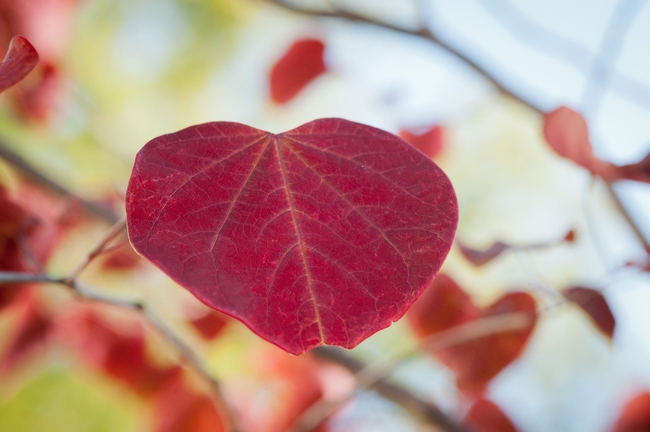
Distinctive heart shaped redbud leaf dressed for fall. (pinterest.com)
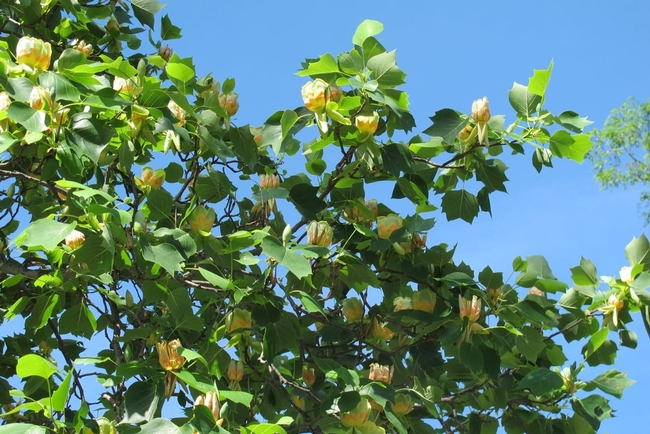
Tulip tree, Liriodendron tulipifera, in Fuller Park. We most often see the pink and white blossom tulip tree in town. jpg
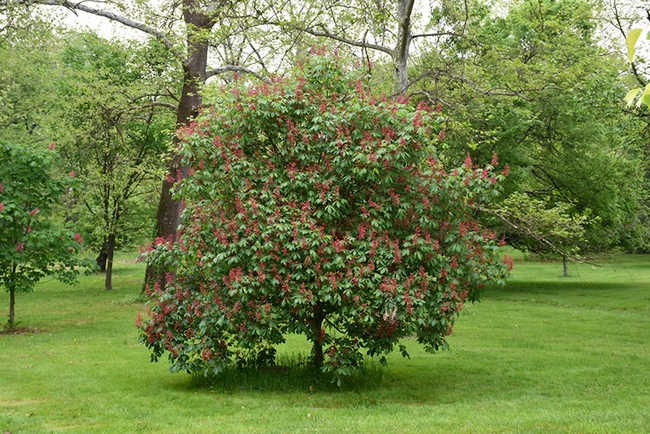
Red buckeye, Aesculus pavia. (plants.lurvey.com)
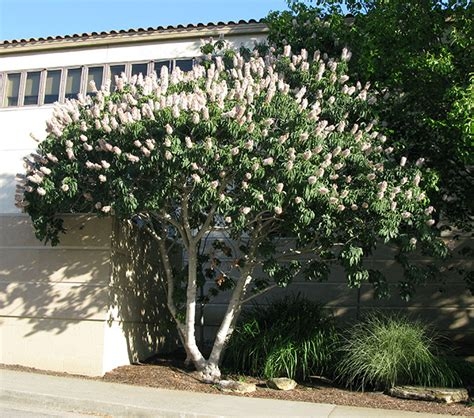
California buckeye. (selectree.calpoly.edu)
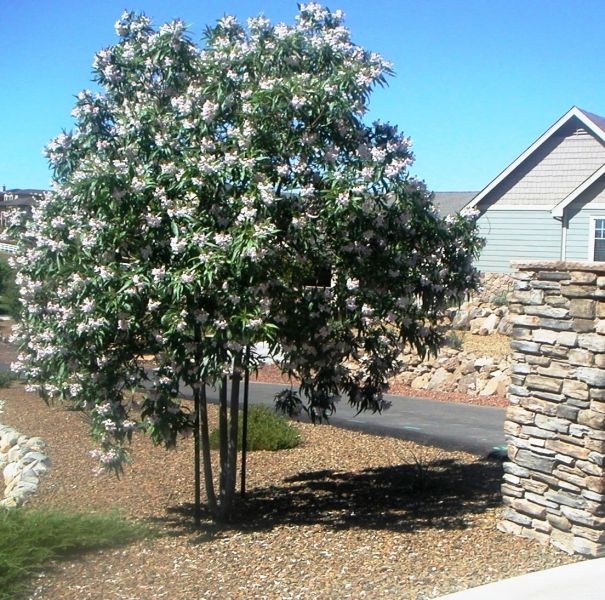
Chitalpa. (pinterest.com)
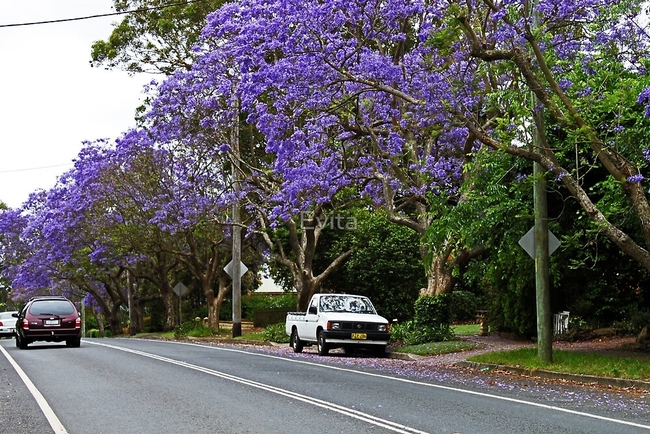
Jacaranda. (redbubble.com)
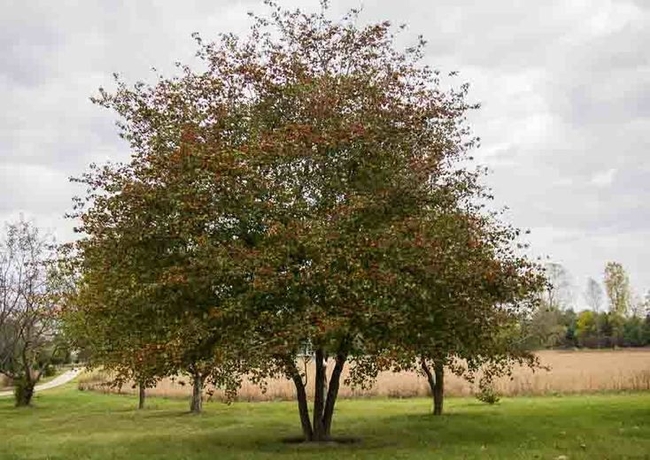
Washington hawthorne. (pinterest.com)
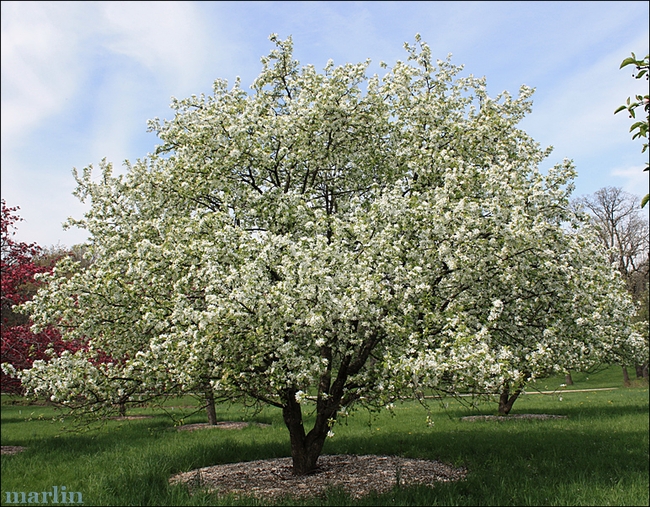
Dolgo crabapple (cirrusimage.com)